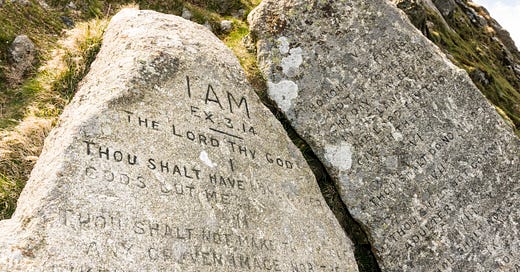Last week I wrote about widespread corporate efforts to raise awareness about bias, which often includes urging people to talk about their own unconscious assumptions. In my experience, this has little impact on how organizational cultures actually work.
I recommended instead that organizations put their focus on identifying and supporting inclusive behavior. This approach has the advantage of being more positive and pragmatic while also reflecting the fundamental human truth that people tend to respond to us based upon our actions rather than whatever happens to be running through our heads.
It’s also usually easier to tweak our behaviors than to try to shift our internal narratives, which are often unconscious and may have deep roots.
I received a lot of feedback on my post, Behaviors Not Bias, mostly via email, whose one-on-one, reflective aspect I enjoy. The most arresting came from my colleague, David Cohen, a highly regarded leadership coach who lives in Toronto. David noted that in Jewish teaching, there’s an ancient tradition instructing that we first must do, and then try to understand.
The idea is that if we act on something, we have a better chance of recognizing its true value than if we simply talk about what we have not yet tested for ourselves.
I was intrigued, so asked David to tell me more.
He explained that the Hebrew words “na’aseh v/nishma,” were spoken by the Hebrews standing at the foot of Mount Sinai to signal their acceptance of the Torah as it was handed down. The phrase essentially translates as, “We will do, and then we will hear.”
The words express not a willingness to unquestioningly follow directions, but rather an acknowledgement that we usually need to try something out, to test it, so that our thinking can be informed by actual experience. David adapts this insight to diversity efforts by noting, “If you have concluded that the right way, the ethical way, is to embrace people as equals, you don’t want to start by dissecting or analyzing that belief.”
In fact, he says, doing so is likely to leave us prey to paralysis by analysis. “Stop studying it and act on it,” he advises, adding that teaching about unconscious bias using talk-centered approaches only perpetuates the study and so can delay our acting.
No wonder progress has been slow!
I think David’s insights add an important dimension to the conversation about how we can get better at building inclusion, and I urge you to read more in his recent post. He offers wonderful examples of how a 2000-plus year-old tradition can shine a light on our present practice, including an example of a corporate effort that got the sequence right and a classic story from the rich annals of baseball.




